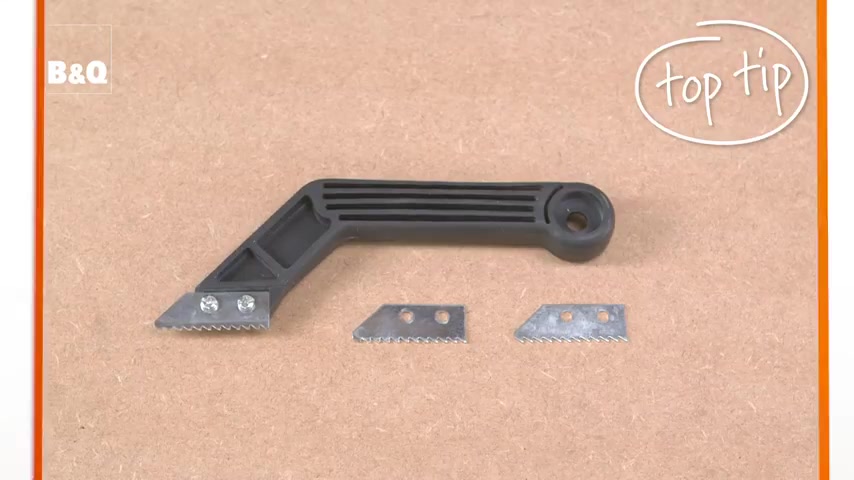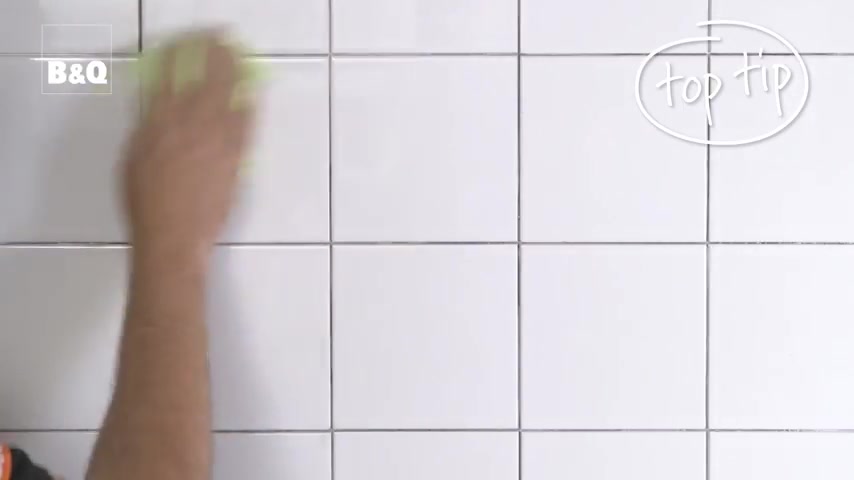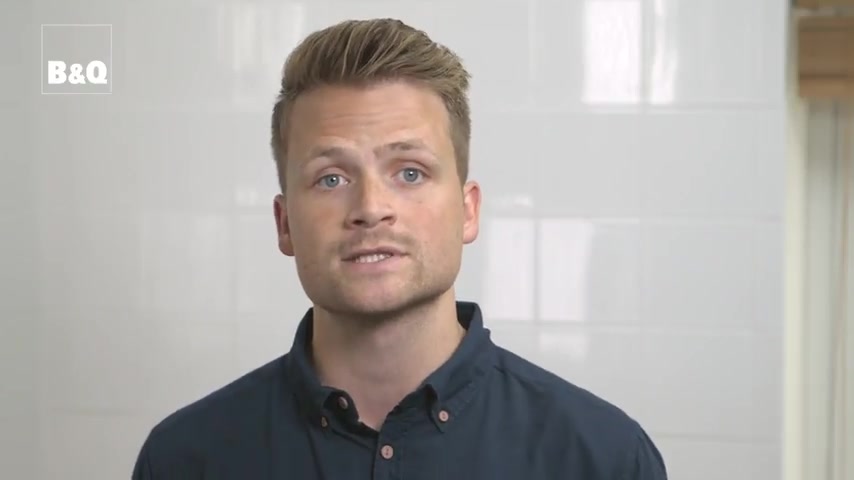https://www.youtube.com/watch?v=PXRtbRqLN68
How to re-grout tiles

Over the years , drought attracts algae and moisture and can become stained and unsightly if you've cleaned your grout and you aren't satisfied with the results , you may want to remove the old drought and replace it .
When grout has dried , it forms into a hard dense material .
So you'll need to work vigorously to get it out .
Luckily , there are some tools that can make the job a lot easier .
One option is to use a grout remover , also known as a grout rake .
It's designed to fit into the tr joints and rake out the grout .
Make sure you wear close fitting goggles before you use this because bits of grout can dry out , open a window or a door to ventilate the air because dust will be in the air .
If you can't do this , wear a breathing mask , cover the area with a dust sheet , it'll make cleaning up much easier .

If you're working over a bath or a sink , put the plug in to help keep the ground out of the drains , you'll need some spare blade too as they become blunt over time to remove the grout , apply some pressure and move the tool so that the blade teeth cut into the ground , the blade teeth only face one way .
So there's no need to move the tool backwards and forwards or up and down .
As you can see , it's fairly straightforward to use , but it's quite labor intensive .
If you have a large area to cover , alternatively , you can use an electric rout remover like this .
It's much less labor intensive and is ideal over large areas .
It has a choice of heads and grinds the grout out mechanically to reduce the risk of damage .
It's best to start in the middle of the tile joint rather than at the corner .
Be careful not to scratch the task or damage the tile edges as you work your way into the ground , do the vertical joints first and then start work on the horizontal to be sure that you don't miss any ground .
Remove the grout to the thickness of the tile .

Once you've removed the grout , wipe the whole surface over with a damp cloth to get rid of any remaining flakes .
Grout is available in powdered and ready mixed forms .
Some grouts are waterproof and are suitable for wet areas such as showers .
Others are only suitable for dry areas and some grouts have anti mold properties .
Grout also comes in various colors .
So pick the type and the color that is most suitable for your job .
Powder grout needs to be mixed on site to form a creamy paste if you're using the powder only mix up as much as you will probably use in 30 minutes as it will begin to dry .
After that time , when you mix the grout , be careful not to over mix as you might create air bubbles to apply the grout .
You'll need to use a grout float or a grout spreader .
If you have a large area to grow a grout float is your best option .

A grout spreader is ideal for smaller areas for this job .
We're going to use a grout spreader to apply the grout .
Use a flat scraper or a trail to place some grout onto the grout spreader , then use the spreader to work the grout into the joints and use the edge of the spreader to clean the surface of the towel .
As you go continue like this until you have sprouted .
All of the joints work at a steady pace because the drought will start to harden after about 20 to 30 minutes .
Once the grout is in place , clean off any remaining excess with a wet but not saturated tile sponge .
If you remove any grout accidentally , while you're cleaning , you can use the spreader or your finger to add some more .
Let the grout begin to harden for about 20 to 30 minutes and then use the grout finisher to smooth the joints to give a neat appearance .
Pull the rounded end of the grout finisher over the joints in an even continuous movement .

As the grout dries , a powdery film will appear on the tiles after a few hours when the joints are dry , use a soft clean cloth to polish off the powdery film .
This will leave your tiles sparkly and that's that your tiles and grouting .
Now look as good as new for more ideas and know how visit diy dot com .
Are you looking for a way to reach a wider audience and get more views on your videos?
Our innovative video to text transcribing service can help you do just that.
We provide accurate transcriptions of your videos along with visual content that will help you attract new viewers and keep them engaged. Plus, our data analytics and ad campaign tools can help you monetize your content and maximize your revenue.
Let's partner up and take your video content to the next level!
Contact us today to learn more.